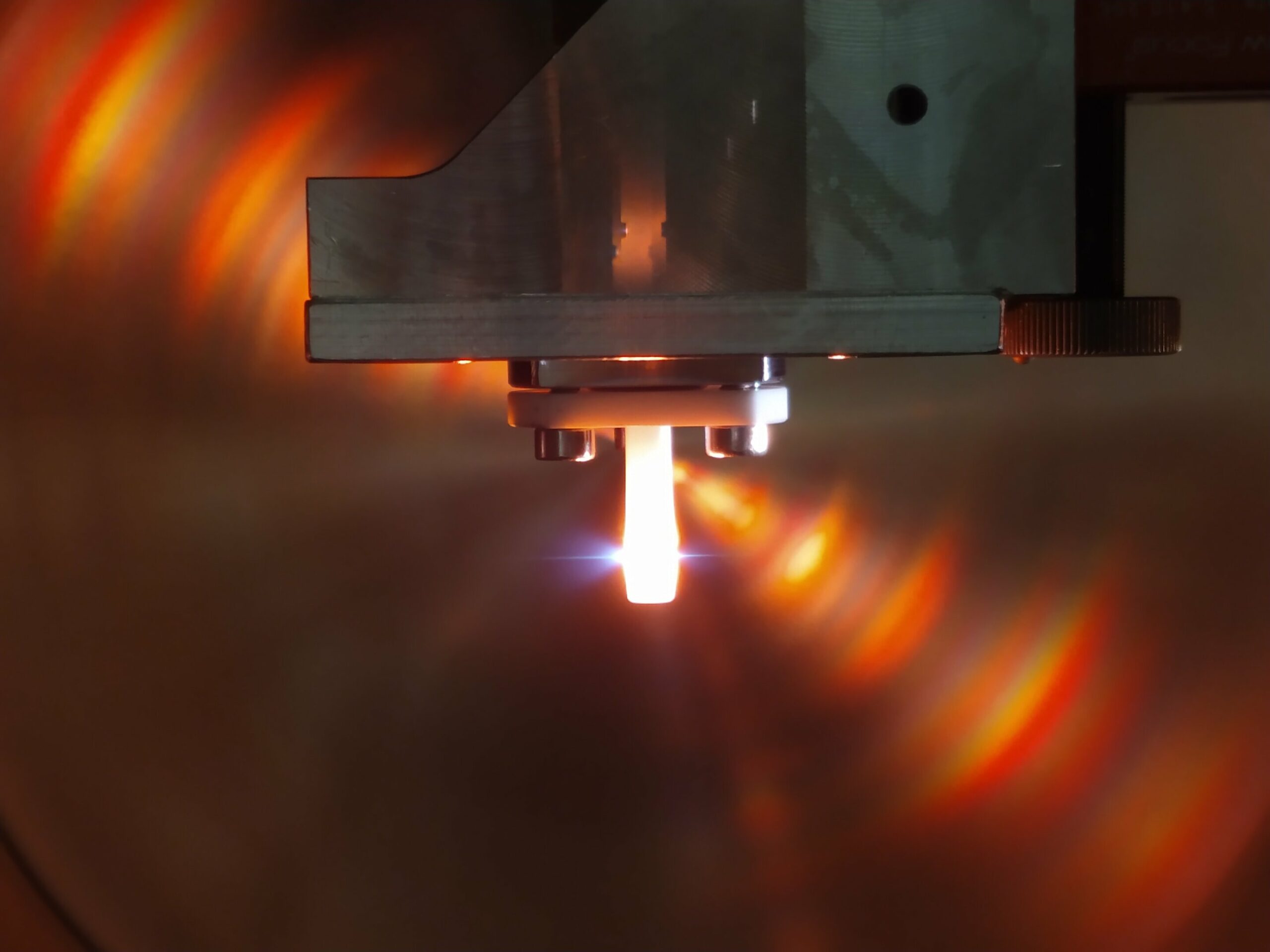

Researchers at the Max Planck Institute for Nuclear Physics (MPIK) have developed a new experimental approach for tracking the motion of an electron in a strong infrared laser field. The approach is expected to be useful for studying laser-driven electron dynamics within larger atoms or molecules. The team used attosecond transient absorption spectroscopy together with the reconstruction of the time-dependent dipole moment to track the motion of the electron, which was previously developed for bound electrons and is now extended to free electrons. Their paper has been published in Physical Review Letters.
The new method has a twofold advantage over previous methods. Firstly, it uses XUV single photon ionization instead of tunnel ionization, providing a controllable and well-defined start of the clock. Secondly, the NIR laser can be tuned to low intensities where tunnel ionization is practically not possible any more, allowing the study of strong-field-driven electron re-collision in a low-intensity limiting case.
The measurements show that for some experimental parameters, the probability of driving the electron back to the ion can be higher if the light wave is not linearly but circularly polarized. This is a counterintuitive finding that has however been predicted by theorists. Classical simulations performed by the researchers at MPI-PKS in Dresden justify this interpretation, i.e. re-colliding periodic orbits.
The group leader, Christian Ott, is optimistic about the future potential of this new approach. “In general, our technique allows exploring laser-driven electron motion in a new lower-intensity regime, and it could further be applied to various systems, e.g., for studying the laser-driven electron dynamics within larger atoms or molecules.” The new method demonstrated here for helium can be applied to more complex systems for a broad range of intensities.
In the realm of software development, the ability to swiftly and accurately address bugs is…
The realm of quantum computing and communication is not just an abstract dream anymore; it…
In a remarkable leap for the field of material science, a collaborative research initiative has…
Throughout Earth's vast history, our planet has endured five major mass extinction events that reshaped…
Rainfall is a vital element of our planet’s hydrological cycle, yet many aspects of its…
On a night when the universe aligns, a mesmerizing phenomenon awaits: the appearance of the…
This website uses cookies.